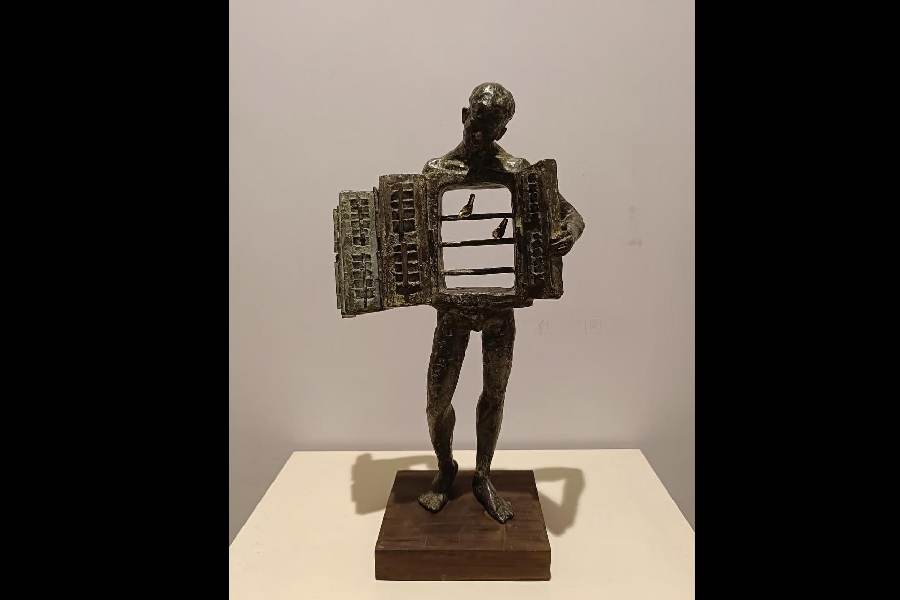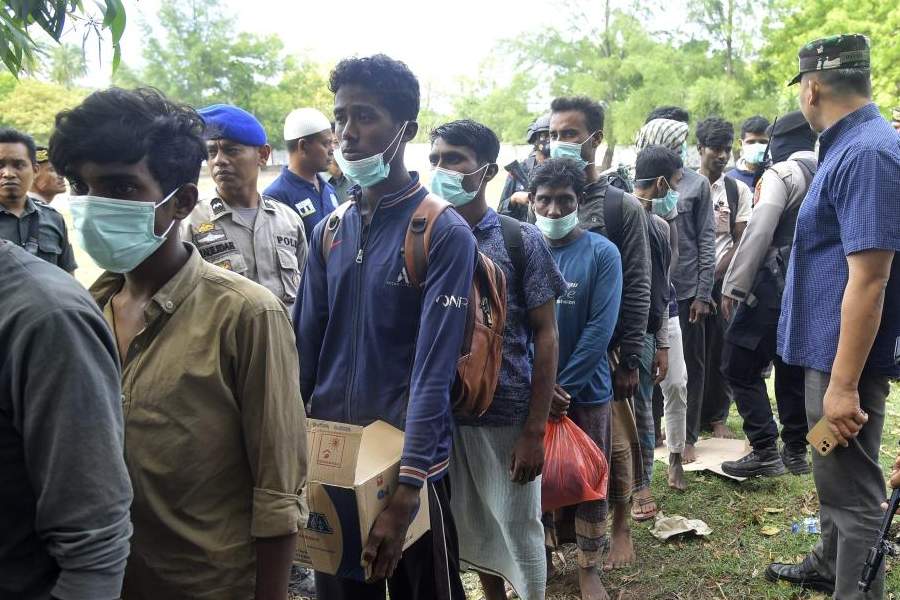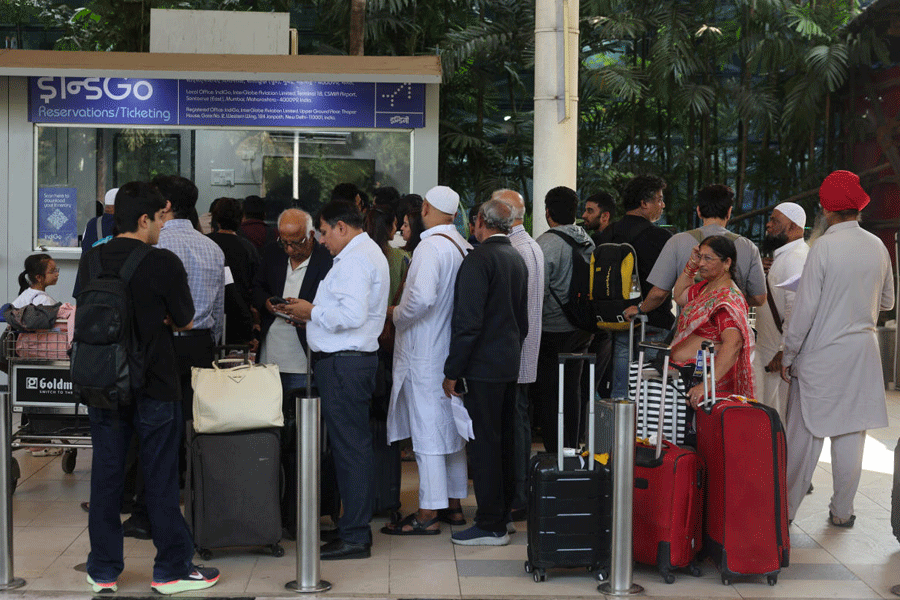No One is a Stranger, an exhibition of 65 photographs by Kushal Ray at the Kolkata Centre for Creativity, could have been the perfect accompaniment to Roland Barthes’s seminal work, Camera Lucida. In it, Barthes had set up an implicit contrast between photography as evidence — when we photograph strangers — and photography as presence — when we photograph loved ones. The former, he had argued, reduces life to information, while the latter resurrects it, briefly, for the person who remembers. Ray’s exhibition was divided into two sections, which perfectly demonstrated the distinction drawn by Barthes’s theory — the first segment included photographs of Ladakh and its people and the second comprised intimate portraits of a family that Ray has long known closely.
His lens, shaped by a journalist’s eye and an artist’s patience, treats Ladakh not as spectacle but as habitat. What Ray captures is the ordinary dignity of people who have learnt to live within their limits — geographical, spiritual and climatic. What stands out is Ray’s treatment of light. The thin, high-altitude brightness of Ladakh, which can so easily flatten a scene, becomes in his work an instrument of tenderness. Even though the wizened, weathered faces that stare back at Ray’s camera do not appear surprised — they seem to recognise it, almost as if greeting an old friend — the photographs evoke only “studium”, engaging the viewer’s intellect, empathy, and even cultural curiosity without stirring deeper emotions.

Rakesh Sadhak’s Open Window Calcutta Painters
The other section of the exhibition, Intimacies, however, exemplified Barthes’s idea of “punctum”, or personal photographs that ‘prick’ and wound. Ray photographs the everyday existence of a middle-class Bengali family and the unembellished realism of this domestic setup. Ray trains his camera not just on the familiar signs of domesticity — a moshari folded up but not unhooked, a Bakelite phone, leather wristwatches hanging from the wall, biscuit tins and so on — but on intensely personal moments, the illnesses and the subsequent deaths of two women in the family. The matriarch, Manju Chatterjee, is at the centre of this chronicling, going from being the caregiver to the person in need of caregiving. When Manju looks into a small mirror, her face dignified despite the marks of exhaustion, the mirror, a banal object, is turned into a symbol of her awareness of mortality. When the child, Teesta, leans over awkwardly to feed her dying great-grandmother, Muni, there is a slight hesitation in her body language, perhaps on account of the way in which youth and death share the same cramped space (picture, left).
There is also a moral undercurrent to Intimacies. As Barthes suggests, photography embodies violence — every image of a person is a trace of his/her eventual death. In a family photograph, that awareness coexists with love; it becomes a way of mourning, a way of preserving life against time. However, when it comes to intimate photographs of outsiders — as Manju and Muni are to the viewers — the same awareness becomes voyeuristic or detached, a record of someone else’s mortality which one has no right to possess.
Anthropomorphic at the Ganges Art Gallery brought together works by the Calcutta Painters, an artists’ collective that has shaped Bengal’s modern art movement for over six decades. The exhibition, featuring the works of Jogen Chowdhury, Sibaprasad Karchaudhuri, Subrata Ghosh, Susanta Chakraborty, Gautam Bhaumik, Rakesh Sadhak and Anup Mondal, among others, explored the many ways in which the human form converses with nature. The show’s strength lay in its quiet coherence. Each work stood apart; yet all of them shared an instinct for translating personal reflection into tactile form. Notable works were Rakesh Sadhak’s Open Window (picture, right), crafted from bronze and wood, which turned a simple architectural motif into a meditation on openness; Subrata Ghosh’s coastalscapes moved from restrained monochrome to vivid colours, as if tracing the sea’s moods and his own shifting emotions; and Anup Mondal’s welded aluminium sculptures revealed figures caught between solidity and dissolution, echoing the uncertainty of human existence.

![Teesta Feeds Her Great Grandmother Muni [Series, Intimacies 1998-2009] Archival pigment ink on Hahnemuhle Archival Photo Rag paper 12 x 18 in. (30.48 x 45.72 cm.) Circa. 1998-2009](https://assets.telegraphindia.com/telegraph/2025/Oct/1760765979_new-project-1.jpg)









